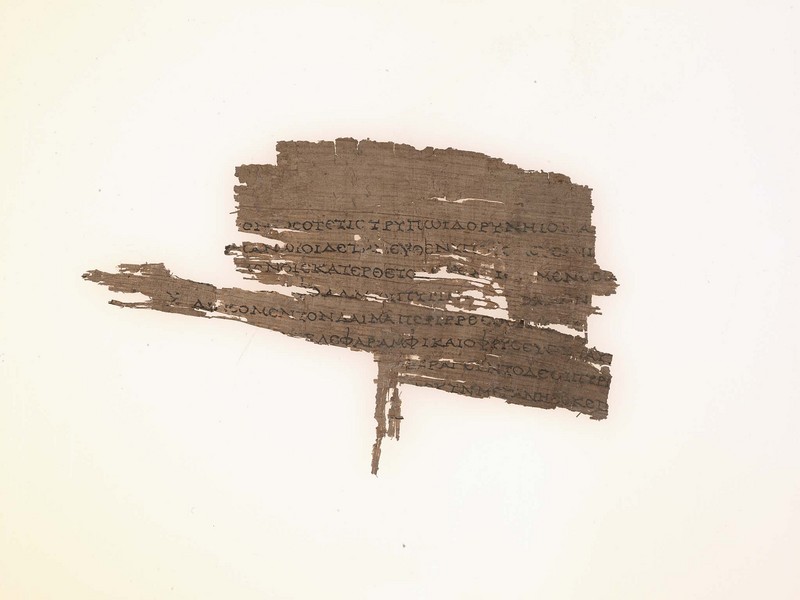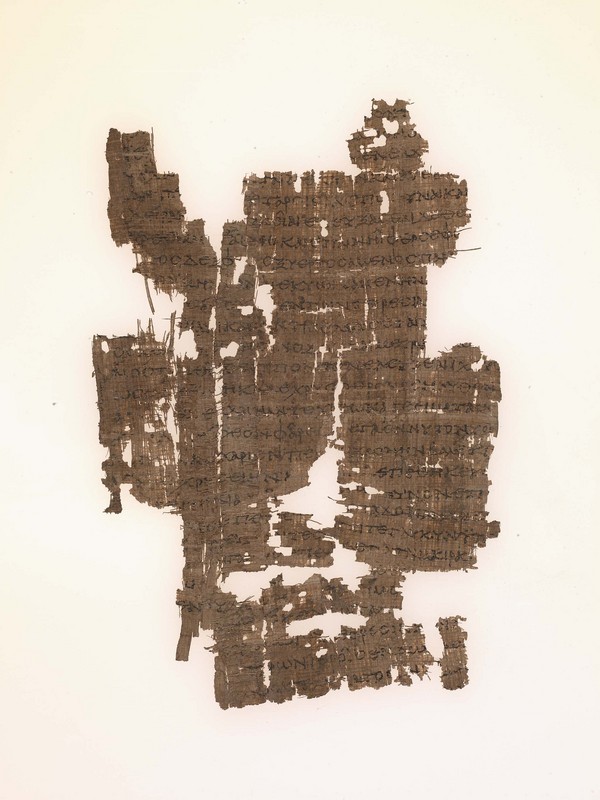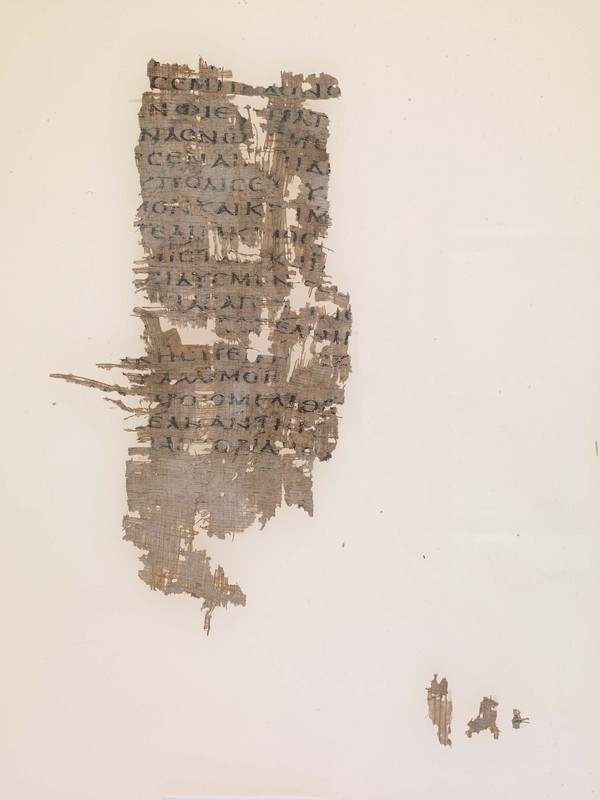Papyri of the Odyssey
The most important features of this hand are the three-bar alpha and the curved epsilon that has its tongue written in a separate stroke. Also, there is a reading contradicting the Vulgate. In line 385, the scribe wrote ανευθεν instead of ἒνερθεν.
The text offers some peculiarities such as the omission of verse 532, the spelling of Persephone as Φερσεφο[νειηι] in line 534 as opposed to the standard Περσεφονείῃ, and the presence of a macron over the alpha of καλὴν in line 545.
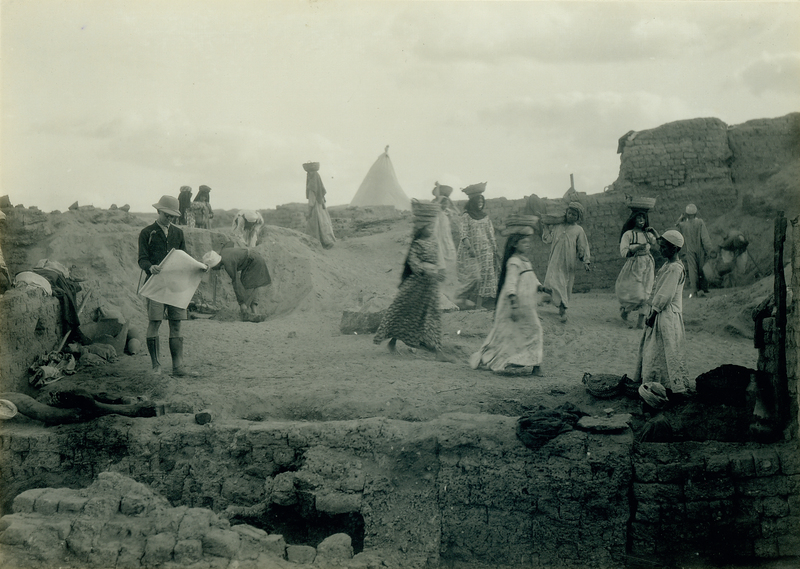
Papyri of the Iliad
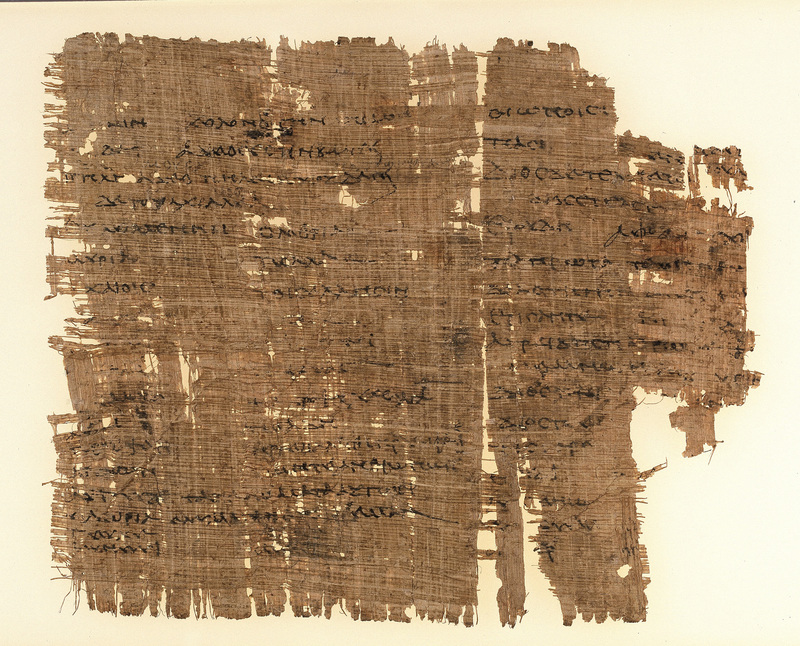
Interpreting Homer

